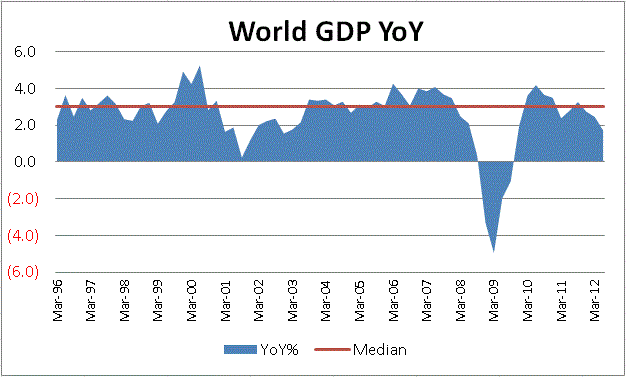The 3 Risks of Buying on Margin munKNEE
Post on: 31 Июль, 2015 No Comment

“Follow the munKNEE ” via twitter & Facebook or Register to receive our daily Intelligence Report (Recipients restricted to only 1000 active subscribers)
Buying on margin can mean potentially higher returns – but it can also lead to large losses very fast. [This article outlines 6 things to know about buying on margin and 3 key risks of doing so.] Words: 848
The article* below is from Investor Education Fund (www.getsmarteraboutmoney.ca), a non-profit organization founded by the Ontario Securities Commission that provides unbiased and independent financial tools to help you make better money decisions. GetSmarterAboutMoney.ca is IEF’s public educational website.
This article is presented compliments of www.FinancialArticleSummariesToday.com (A site for sore eyes and inquisitive minds) and www.munKNEE. com (Your Key to Making Money!)
The article goes on to say in further edited excerpts:
You may be able to borrow money from your investment firm to pay for part of your investments. This is called buying on margin. Buying on margin allows you to buy more shares than you would normally be able to afford – it’s a way of using leverage. This may mean potentially greater returns. But it also comes with greater risks – you can lose more money than you originally invested.
6 things to know about buying on margin
- Margin account – You have to open a margin account to buy on margin.
- Minimum investment amount – The investment firm sets the minimum amount you must deposit in a margin account. This is sometimes called the minimum margin.
- How much you can borrow – This depends on the price of the stocks youre buying. Your investment firm may lend you up to 70% of the money you invest. This is called your maximum loan value.
- Interest charges – The interest charges on the loan are applied to your account. Depending on what you invest in, you may be able to deduct the interest on money you borrow to invest.
- Collateral for the loan – The stocks you buy are used as collateral for the loan. You have to keep enough assets in your margin account to cover the loan value at all times.
- Margin call – If your stocks drop in value, your investment firm may ask you to put more money into your account to maintain your margin. This is known as a margin call. If you don’t put in more money, the firm has the right to sell your stocks and other investments in your account to cover the margin call.
Read your margin account agreement
When you open a margin account, you sign a margin agreement. Read it carefully to understand how the stocks you buy serve as collateral for the loan, your responsibilities for repaying the loan and how interest is calculated.
How much you can borrow
The Investment Industry Regulatory Organization of Canada (IIROC) sets minimum standards based on the price of a stock. Ask your financial advisor what the standards are in your country and keep in mind that some] investments firm may impose more stringent requirements in certain situations.














